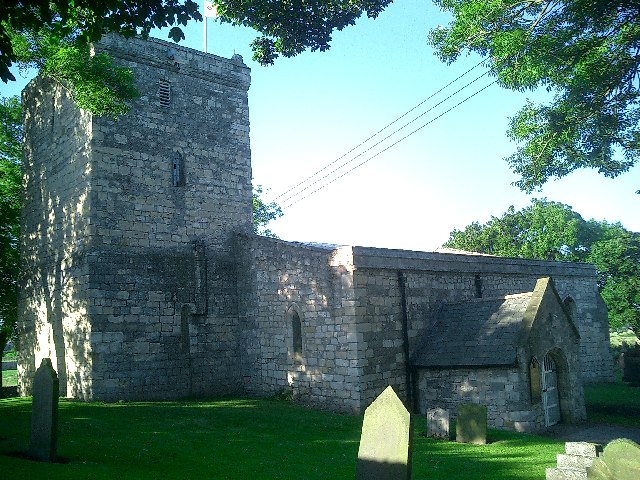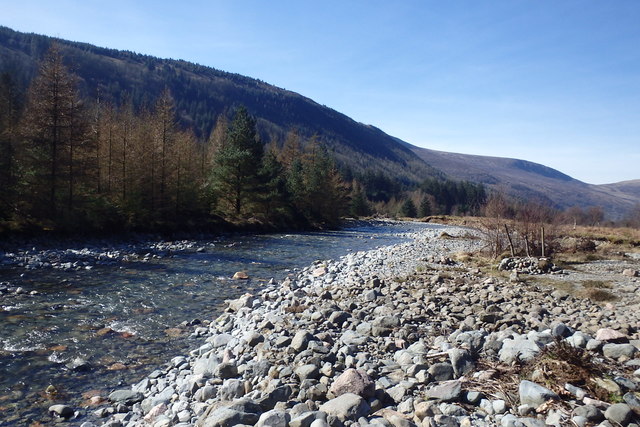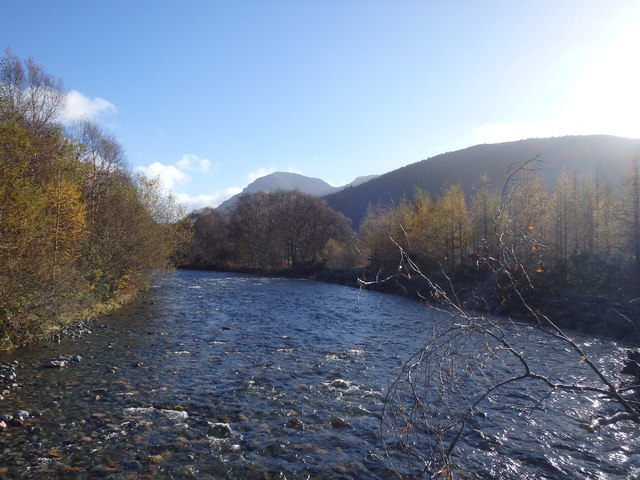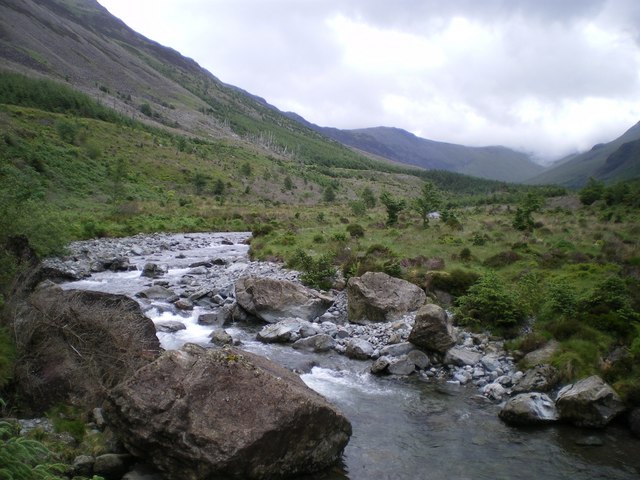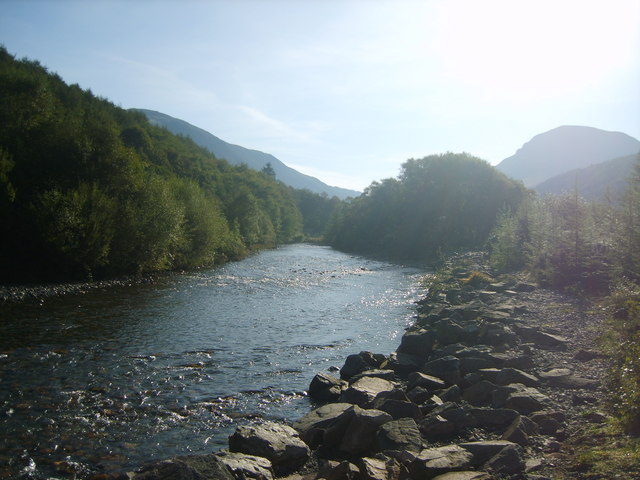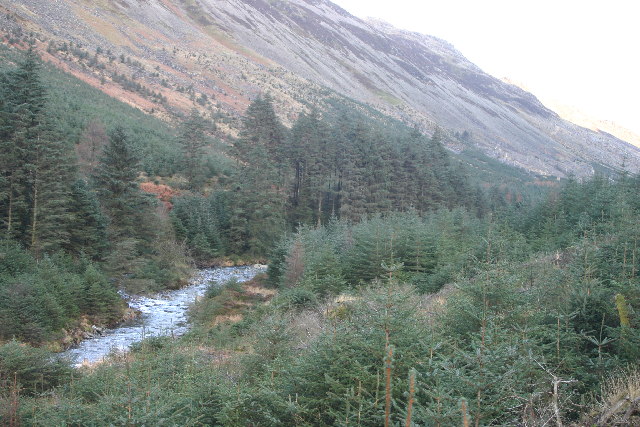Castle Eden Dene - a satellite view of the attractive locality near Hart , County Durham.

-
Description
The lords of Hart held lands in Over and Nether Throston as parcel of the Manor of Hart. (fn. 150) CHURCH The church of ST. MARY MAGDALENE stands on rising ground on the north side of the village and consists of a chancel 25 ft. 6 in. by 18 ft., nave 49 ft. 3 in. by 23 ft. 8 in., north aisle 44 ft. 6 in. by 10 ft. 6 in., south aisle 50 ft. 6 in. by 11 ft. 4 in., south porch, and west tower 13 ft. 8 in. square, all these measurements being internal. The total width across nave and aisles is 49 ft. 9 in. ¶The nave represents the body of a pre-Conquest aisleless church 22 ft. wide with walls 3 ft. thick, the small square-ended chancel of which has vanished. The east, west and north walls remain in great part, the north arcade and the chancel and tower arches having been broken through the original masonry, but the south wall has been entirely removed and the nave slightly increased in width on that side. The four angles of the pre-Conquest nave, however, are still in position, the quoins showing more or less distinctly outside in each case. The great antiquity of the building was unsuspected till 1884–5, when a restoration took place and the walls were stripped of their plaster. (fn. 151) Six fragments of pre-Conquest crosses carved with interlaced patterns were also discovered at the same time, together with an early sundial. (fn. 152) Two lathe-turned baluster shafts, similar in type to those at Jarrow and Monkwearmouth, have also been found. All these fragments are now preserved in the church at the west end of the south aisle. The tower is an addition of the 12th century, and a south aisle appears to have been added in the 13th century, the west window and the piscina being of that date, though the arcade has disappeared. Originally the arcade would no doubt be pierced through the older wall, but it has been replaced by later work of poor and thin detail which may belong to the end of the 16th or beginning of the 17th century. The round arches of the north arcade and the chancel are apparently of 12th-century date, but the piers and responds are considerably later, and appear to be reconstructions of the 15th century. Probably the north aisle was added a little later than the tower and the chancel rebuilt on a larger scale at the same time, the arches being broken through the north wall and the old chancel arch reconstructed. The present chancel is a rebuilding of 1806. The porch is of uncertain date, but may have been erected when the south arcade was reconstructed. Sir Stephen Glynne, who visited the church in 1843, described the windows as then having nearly all lost their tracery and the interior as being spoiled by 'hideous coats of whitewash alternating with lampblack' which barbarously disfigured the arches and walls. (fn. 153) The church was restored in 1884–5 and again in 1889–91, when all the old wooden windows were removed, the floor lowered 3 ft. to its original level and the nave reseated. In 1898 the chancel was restored and the ancient altar stone replaced. Plan of Hart Church The chancel is built of square coursed stones, and without buttresses or other architectural features. The east window is a recent one of three trefoiled lights, and there is a three-light segmental-headed window in each of the side walls. The roof is covered with green slates with iron gutters and is lower, but of steeper pitch, than that over the nave and aisles. In the middle of the south wall outside is built an old carved stone with the figure of St. George and the dragon. It is now partly obscured by the ivy with which the wall is almost entirely covered. The aisle walls are of rubble masonry and the tower is faced with square coursed stones averaging 15 in. by 9 in., some of the quoins, however, being of much larger size, two measuring 5 ft. 9 in. in length and a third 6 ft. The nave and aisles are under one wide low-pitched leaded roof, the walls terminating in straight parapets. The porch has a gabled roof covered with red pantiles. The masonry of the pre-Conquest nave has been left bare inside and several original features remain. In the east wall the archivolt of the chancel arch is still in position immediately above the later opening. Ten voussoirs remain in position, the arch showing on both sides to nave and chancel. Above this again is a triangular-headed opening similar in type to those in the tower at Norton Church, the head formed of two slabs laid against each other in the usual manner and the jambs consisting of four stones on each side. A length of about 8 ft. of the original walling remains at each end of the north arcade, the aisle not being carried westward the full length of the nave, and the eastern end having a long respond. Above the arcade in the portion of wall between the arches a narrow window opening, not quite 9 in. wide externally, was discovered when the plaster was stripped off. Its head and internal splay had been destroyed when the arcade was inserted, and the opening is now built up and shows only from the aisle. The sill and the west jamb and one stone of the east jamb alone are in position. In the west wall a portion of a chamfered string-course of early section consisting of three stones remains on the north side of the tower arch, and another portion of a similar string occurs at the east end of the north wall, but is now hidden by the organ. The semicircular chancel arch consists of three chamfered orders springing from half-octagonal responds with moulded capitals and bases. The two arches of the north arcade are similar and spring from an octagonal pier and half-octagonal responds with moulded capitals and bases, the outer order projecting in front of the pier on each side, giving it the appearance of a hood mould. The south arcade consists of four badly-shaped pointed arches of two hollow-chamfered orders springing from octagonal piers and from corresponding responds, all with moulded capitals and bases. The wall above was reduced to 20 in. in thickness at the time of the reconstruction of the arcade, thus giving a slightly increased width to the nave, and the detail is all poor and thin. The position of the original wall, 3 ft. thick, is visible at the west end, where it has been cut away. A series of nine stone corbels carved with heads, of 12th-century date, runs along the wall of the north arcade facing the aisle, but the old roof has gone and the aisle walls probably retain little of the original masonry except perhaps at the west end, where a small square-headed window remains high up in the wall. The two north windows are of the same date as the chancel, but at the east end is a three-light square-headed 15th-century opening. The east end of the aisle is now used as a vestry. Above the south arcade facing the aisle is another series of plain corbels below the present roof, perhaps of 13th-century date, and in the south wall, in the usual position, is an early piscina with pointed recess, the bowl being in the thickness of the wall. The west window is a 13th-century lancet with head in two stones. The hood mould has a large nail-head ornament and flower terminations, and the sill is 8 ft. above the floor inside. Below the window are portions of two mediaeval grave slabs built into the wall, and, higher up, a stone found in 1884–5, bearing a portion of an inscription in incised Lombardic letters: 'Hic jacet … jacet in tu … fai . . . .' The porch is built of rubble masonry, but is almost entirely covered with ivy. There is a descent of three steps to the nave, and the outer archway is a segmental one of two hollow-chamfered orders continued to the ground. The inner doorway is of similar section, but the arch is pointed. There is a stone seat on each side, and built into the walls are six early corbels with carved heads, three on each side. The tower is externally of two stages marked by a chamfered set-back, and terminates in a straight moulded parapet, probably of 18th or early 19th-century date, with nondescript corner ornaments. The lower stage is lighted on the south and west by two narrow lancet openings, the jambs and heads chamfered externally. The north side is blank, and on the east the tower is open to the nave by a semicircular arch of a single order with a roll moulding on each angle and flat soffit. The arch springs at a height of 10 ft. from chamfered imposts and angle shafts with cushion capitals and moulded bases. The opening is an insertion in the west wall of the ancient nave. The lofty upper stage has a lancet on the south side in the lower part, the belfry window above being a small square-headed opening not centrally placed, and the whole of the north side is blank. The west belfry window is a tall narrow square-headed opening, and that on the east a lancet. The tower is without buttresses or vice, and the floor is 18 in. above that of the nave. There are two fonts; the older one, which is no longer used and stands at the west end of the south aisle, is of 12th-century date, cut from a single block of stone, with a shaft at each angle with cushion capital. The four sides are quite plain. This font stood in the churchyard till a comparatively recent date. The other is a very beautiful example of 15th-century work, and consists of an octagonal bowl 2 ft. 6 in. in diameter standing on a shaft and pedestal of the same form, all elaborately carved. The carving on the eight sides of the bowl is as follows: east side, two figures, one holding a book in his right hand and a club in his left, and the other a book and three loaves or stones (? SS. Philip and James); south, two figures, one, much mutilated, holding a staff (?) in his right hand and a book in his left, and the other a book in the right hand and in the left a boat (?); west, the Resurrection, with the emblems of the Passion on either side; north, two figures, one with a spear and a book, and the other a book and a saw (? SS. Simon and Jude). The other sides bear the emblems of the four Evangelists. The carvings on the shaft are: east, a crowned queen holding a book and palm branch in her hands, and through the breast, from right to left, a sword (? St. Euphemia); south-east, a pope with the triple crown and double patriarchal cross in his left hand (St. Gregory the Great); south, a crowned queen holding a book and a pair of pincers (St. Lucy); south-west, an abbot with pastoral staff and book, and over his arm a maniple; west, an abbess in coif and wimple, holding crozier and book standing upon a dragon (St. Elizabeth); north-west, a bishop in pontificals with crozier and chain and fetter-lock (St. Leonard); north, a crowned queen, sitting, with a book in her left hand and the model of a church in her right (St. Barbara); and, north-east, an abbess, holding book and key (St. Petronilla). Round the bottom of the bowl are eight demi-angels holding shields, and round the base of the shaft, at the angles, four tonsured and four untonsured heads, between which are four-leaved flowers of various patterns. (fn. 154) The pulpit dates from 1889, and all the fittings are modern. A stained-glass window and oak tablet form a memorial to the twenty-one men from this parish who fell in the Great War. There is a ring of three bells, inscribed 'R. Watson, plumber, Newcastle, 1826.' The plate consists of a chalice of 1571 with the maker's mark HW between a pellet and star; a paten, without date letter, but with the Newcastle mark and initials DL, inscribed 'Hart Church 29 Novr 1813'; a paten of 1784–5, made by John Huitson, London, inscribed 'Presented to Hart Church by the Revd Edward Moises, A.M. Vicar. Easter 1844'; and a chalice of 1842–3 with the same inscription. There is also a plated flagon. (fn. 155) The registers begin in 1577. ADVOWSON In the foundation charters of Guisborough Priory, granted by Robert de Brus, the earliest probably belonging to the year 1119, the church of Hart is mentioned among other endowments. (fn. 156) In the later confirmations of these charters Hart is regularly named. The invocation of the church is first mentioned in a charter of c. 1194, in which it is called the church of the Blessed Mary at Hart. (fn. 157) Nevertheless the church is now, and long has been, under the invocation of St. Mary Magdalene. In 1288 Bishop Bek granted a licence to Prior William de Middlesburg and the canons of Guisborough to impropriate the vicarage of Hart during Prior William's life, so long as the vicarage was duly served by two honest and discreet canons. (fn. 158) On the death of William the vicarage was to be regarded as vacant, and if the monastery did not present to it the power to do so lapsed to the bishop. (fn. 159) In 1308 Bishop Bek further granted to the monastery the permanent right to the impropriation. The church of Hart and chapel of Hartlepool were to be served by a canon, with an allowance from the revenues of the church, and not by a secular priest, as had been hitherto the case. (fn. 160) In 1311 Bishop Kellaw confirmed the grants of Bishop Bek so long as the vicarage was served by two canons. (fn. 161) To the west of Hart churchyard are the remains of a building of the late 14th or early 15th century, which is believed to have been the residence of the canons. (fn. 162) On the dissolution of Guisborough Monastery in 1539 the patronage of the living passed to the Crown, with which it remained till 1888, when Bishop Lightfoot received it in exchange for Satley church. (fn. 163) The present patron is the Bishop of Durham. In 1291 the church of Hart, with the vicarage, was valued at £40. (fn. 164) In 1535 the total value of the vicarage of Hart was estimated at £12. (fn. 165) In 1539–40 the rectory of Hart, with the chapelry of Hartlepool and the tithe of fish, brought in £22. (fn. 166) In 1577–88 the vicarage of Hart was worth £11 17s., but a 17th-century note states that its value had risen to £60. (fn. 167) Robert de Brus I seems to have granted to the monastery of Tynemouth two tithe sheaves from the demesne lands of Hartness. He granted the church of Hart to the monastery of Guisborough (see above), and these two contradictory grants caused a long dispute between the two monasteries. In 1146–51 an agreement was made that Tynemouth should have the two tithe sheaves from the ancient demesne land and from any new land that might be taken into the demesne, while Guisborough should have all the tithes from lands which were or in future should be held in bondage. (fn. 168) This agreement was superseded by another in 1212, which gave to Tynemouth the tithes of Hart and Stranton, the tithes of Owton in Stranton parish (q.v.), the corn tithes of Elwick township, and the small tithes of the demesne lands of Elwick. All the other tithes in the two parishes belonged to Guisborough. (fn. 169) In 1291 the portion of the monks of Tynemouth in the church of Hart was £10. (fn. 170) In February 1573–4 the tithe sheaves of Elwick belonging to the monastery of Tynemouth were leased to Thomas Pearson, (fn. 171) and in 1627 Sir Ralph Delavale kt. paid £4 for ½ year's rent to the Crown for the tithes of Elwick. (fn. 172) The tithes of corn of Elwick were in lease, apart from the other tithes of Hart, to William Tunstall for £29 in 1644, (fn. 173) and they were sold on 29 April 1664 by Susan Luling of London, niece and heir of William Fisher, deceased, to Margaret Barker of London. (fn. 174) They cannot be traced further. In 1541 part of the tithes of Hart were leased to Thomas Legh. (fn. 175) In 1587 the great tithes of Hart were leased for twenty-one years to Christopher Freeman, (fn. 176) and in 1605 they were granted to Henry Stanley and others, who conveyed them in January 1605–6 to John Lord Lumley. The rectory has since descended with the manor of Hart. (fn. 177) The tithes of hay from the 'Broad Meadows' and small tithes called brevings were paid to the vicar. (fn. 178) The annual Crown rent of £22 from the rectory of Hart formed part of the provision for Queen Henrietta Maria on 14 March 1626. (fn. 179) In 1644 all the tithes of Hart were leased to Richard Malam for £200 per annum. (fn. 180) In 1770 the manor of Hart was free from all tithes except a third of the lamb and wool tithes, which were paid to the vicar. (fn. 181) In 1857 the vicar received tithes from the farms called the Three Thorps. (fn. 182) The chapel of St. Helen lay on the outskirts of the town of Hartlepool, in the north-west corner of one of the common fields called Farwell Field; the chapel itself was built upon Hart Warren. In 1816 the only traces of it were the name of a well in the field, St. Helen's Well, and a mound where hewn stones were sometimes found. (fn. 183) In 1845 the place was excavated, not by antiquaries, but by builders in search of stones. The remains of a tiny chapel were discovered, the architecture of which, as far as it could be traced, indicated that it was built in the 12th century. A large stone coffin containing a skeleton was also found, but no attempt was made to preserve these remains. (fn. 184) The chapel was probably built by William de Brus (c. 1194–1215), who gave to the monastery of Guisborough his chapel of St. Helen, Hartlepool, on the warren at Hart for the support of a light on the high altar. (fn. 185) Two charters to Fountains Abbey, apparently belonging to the 13th century, mention land in Hartlepool near St. Helen's Church. (fn. 186) The 'vicus Sanctae Helenae' is mentioned in 1299. (fn. 187) In 1314 a general sentence of excommunication was pronounced against those who detained legacies and other things bequeathed to the chapel of St. Helen in the vill of Hartlepool. (fn. 188) Ralph de Whitewell, a bastard, left instructions in his will that his messuage in Hartlepool should be sold and the money used as long as it lasted for a stipend to a chaplain in St. Helen's chapel to pray for him. This bequest was ignored by Bishop Beaumont, but recognized by Bishop Bury on 3 April 1336. (fn. 189) In 1548 the chapel had one bell and a silver chalice. (fn. 190) There was a chapel in the manor of Hart in which Robert de Clifford founded a chantry before 1344, with an endowment of £6 yearly. (fn. 191) In 1436 this chapel is mentioned among the appurtenances of the manor of Hart. (fn. 192) CHARITIES For the Fulthorpe educational charity, founded in 1707 by will of the Rev. Christopher Fulthorpe, see article on schools. (fn. 193) John Farmer, by his will proved at Durham, 3 January 1879, bequeathed £100, the income to be divided among the widows and orphans of fishermen lately residing in the township of Seaton. The legacy, with accumulations, is represented by £199 6s. 10d. India 3 per cent. stock, with the official trustees, producing £5 19s. 4d. yearly. Thomas Barraclough, by his will, 27 May 1916, bequeathed £300, the income to be divided among deserving widows and spinsters over 60 years of age, resident in the parish of Holy Trinity, Seaton Carew. The legacy was invested in £315 15s. 10d. 5 per cent. War Stock, with the official trustees, producing £15 15s. 10d. yearly. -
Owner
Lenton Sands -
Source
Flickr (Flickr) -
License
What does this mean? All Rights Reserved (Seek permission to reuse)
-
Further information
Link: https://www.flickr.com/photos/13938105@N07/25166848482/
Resource type: Image
Added by: Simon Cotterill
Last modified: 7 years, 2 months ago
Viewed: 721 times
Picture Taken: Unknown -
Co-Curate tags

